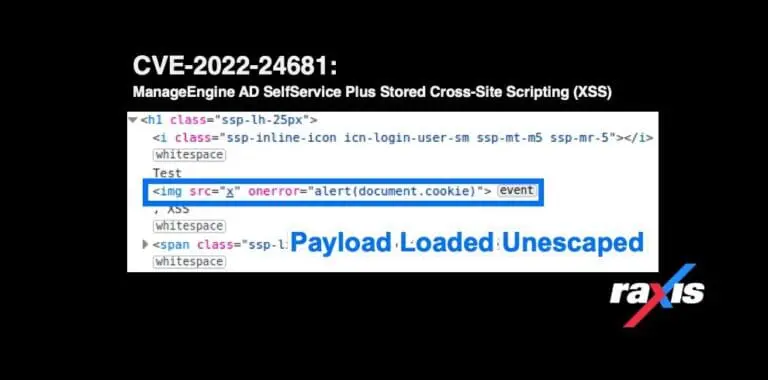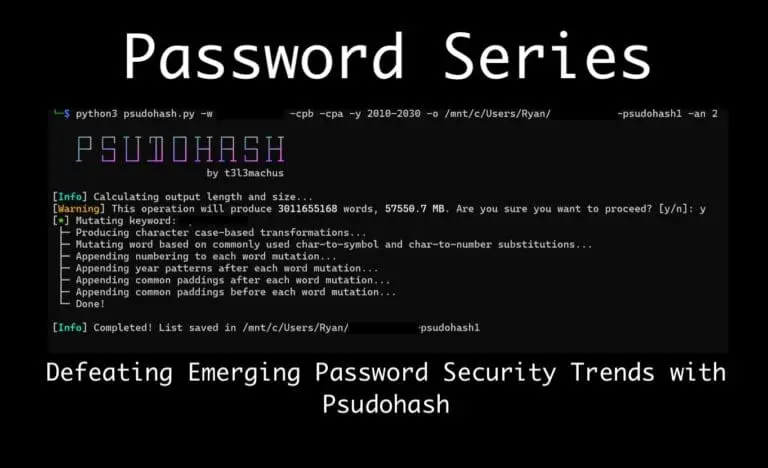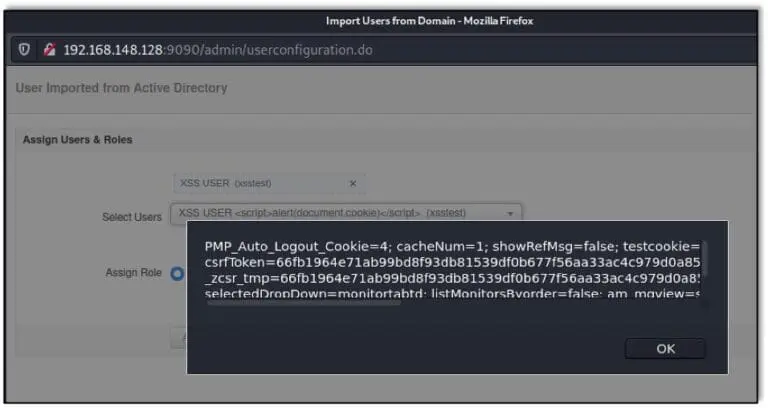What is Web Application Penetration Testing?
I’m Matt Dunn, a lead penetration tester at Raxis. In this series of posts, I’m going to introduce you to the Raxis method of penetration testing web applications. We’ll start with a look at what a web app test involves and how it differs from the network testing we do.
By their very nature, web apps deserve special scrutiny because they are designed in most cases to be accessible to a broad base of users, often with different roles that convey higher levels of privilege or access. Additionally, they are often used to perform wide ranging functionality, from shopping and banking transactions, to accessing healthcare data. With that accessibility and functionality comes exposure to a wide range of threats from malicious actors who want to exfiltrate data, modify the application, or otherwise disrupt its operation.
When Raxis performs a web application penetration test, we typically approach it from the viewpoint of both unauthenticated and authenticated user roles. In many cases, some of the app’s functionality is going to be behind some form of authentication. We’ll go into greater detail about authenticated and non-authenticated tests in a subsequent post. For now, however, we’ll limit the discussion to tests in which we are given credentials for all user roles.
Armed with the appropriate credentials, we examine all the functionality of the app to find out what features are accessible to users and how the application is intended to work. Can users’ profiles be changed? Are users allowed to upload files? Where can the user input their own content? What is each user supposed to be allowed to do? These are just some of the questions we’re looking to answer in the beginning of the test.
Once we know what the app should do, we’ll test all these features to see if the business logic is correct. For example, an app may allow only administrators to delete uploaded files. So, we’ll attempt to circumvent that restriction and see if we can accomplish that with lower-privileged credentials.
Raxis approaches a web application test from the perspective of unauthenticated users and authenticated users in multiple roles when more than one role exists.

Next, we will try to exploit the app’s features. For instance, we’ll test the various input fields to see if we can insert malicious code. If so, the app may be vulnerable to cross-site scripting (XSS) – a topic I’ve covered extensively on our blog and YouTube channel. In a similar manner, we’ll test areas where we can upload files to see if we can upload malicious content as part of an attack.
One question we get from time to time is whether web application testing is included as part of our network penetration tests. The answer is no, for two reasons: First, it’s unlikely that, within the time of a well-scoped network test, we will be able to find credentials to all roles and parts of your web app. Second, network tests are broader in scope and identify the highest risk vulnerabilities across the entire network (as time allows). Depending on other findings, we often test the accessible pages as well as the authentication features. These include logins and “forgot password” pages, to name just a couple. Our goal is to see if we can gain unauthorized access, perform account enumeration, or attack the application externally. But we won’t test as a verified user unless we’re able to gain authenticated access, and even then, we will not focus on the web app in the same depth as we would in a web app test.
That’s what makes web application testing so important. And with so many companies relying on (or even built around) web apps, it makes sense to conduct these tests regularly and address the findings in order of priority. Even if you are already performing network penetration tests, I strongly recommend that you conduct specific web application tests as well.
Want to learn more? Take a look at the second part of our Web Application Penetration Testing discussion.






